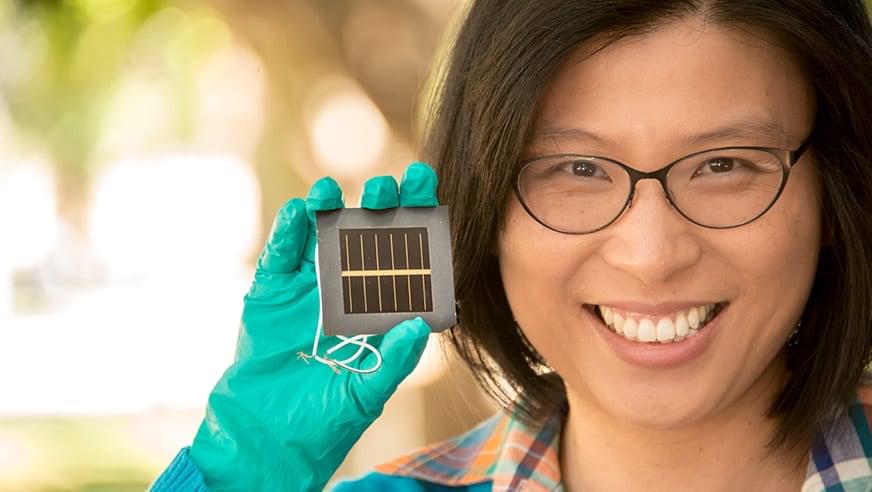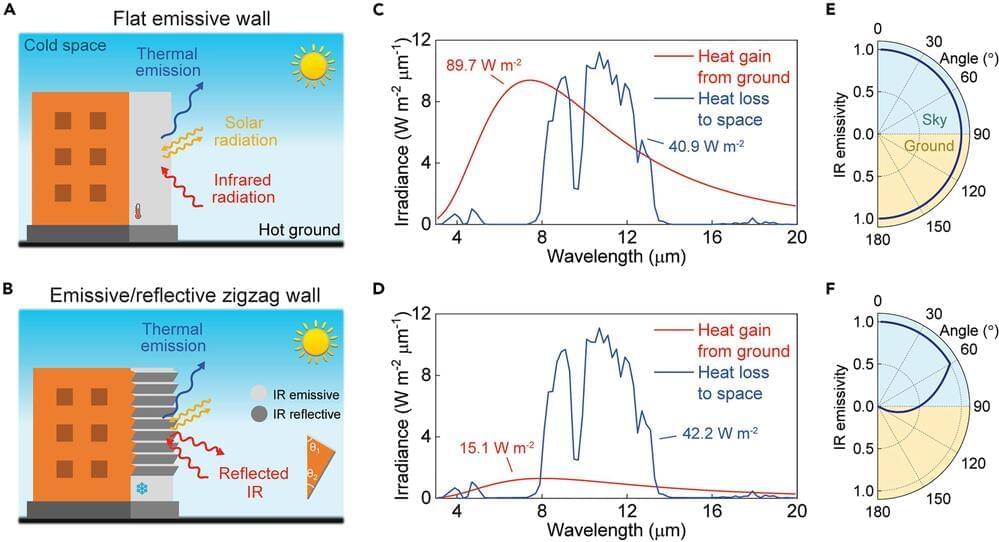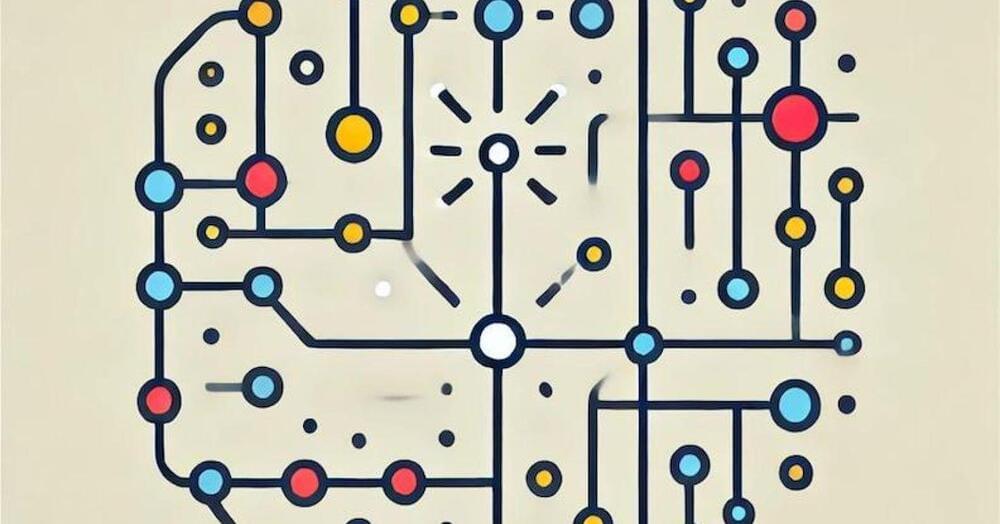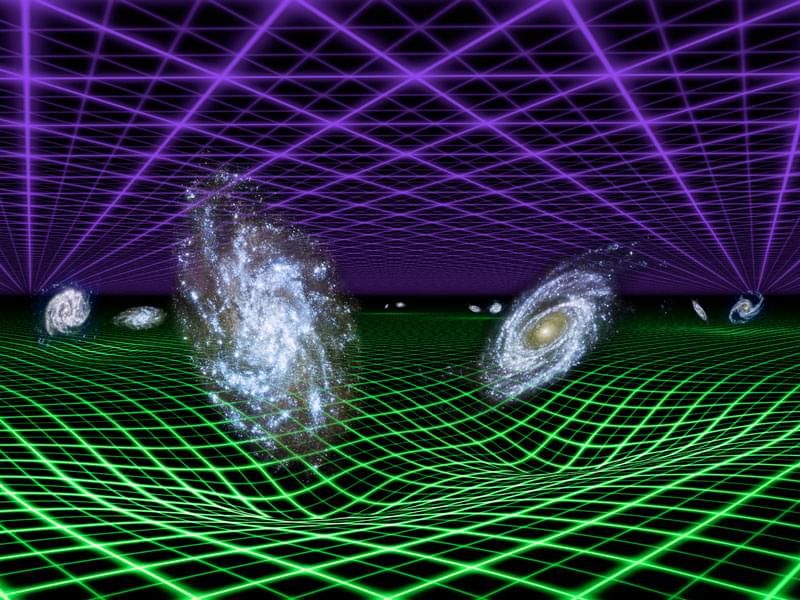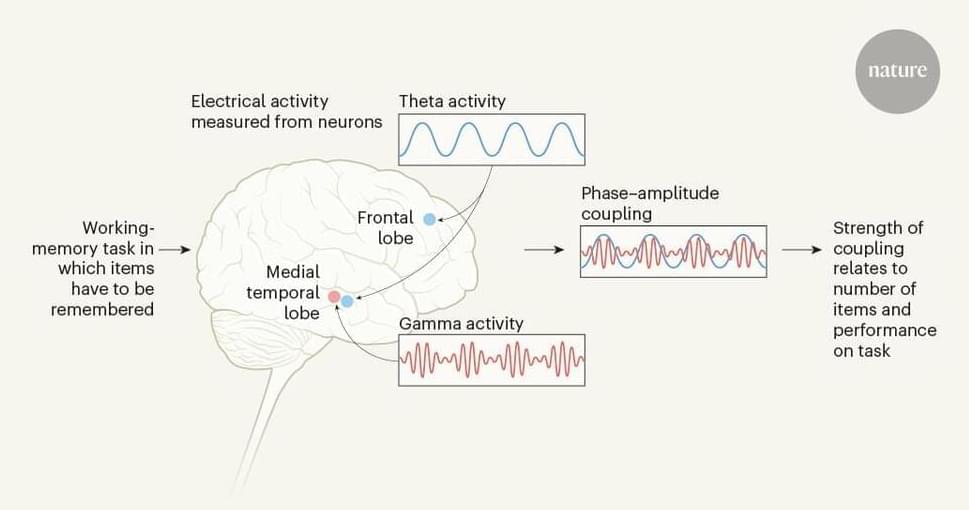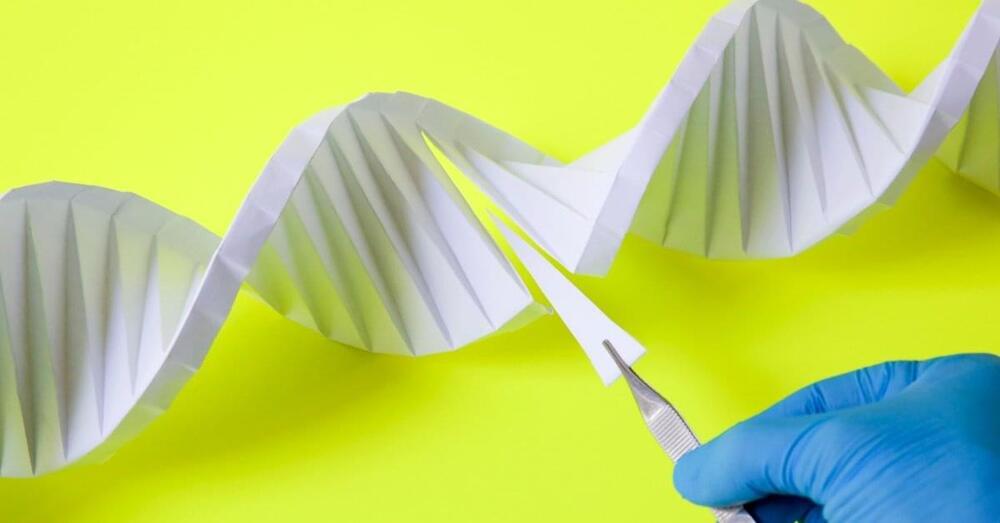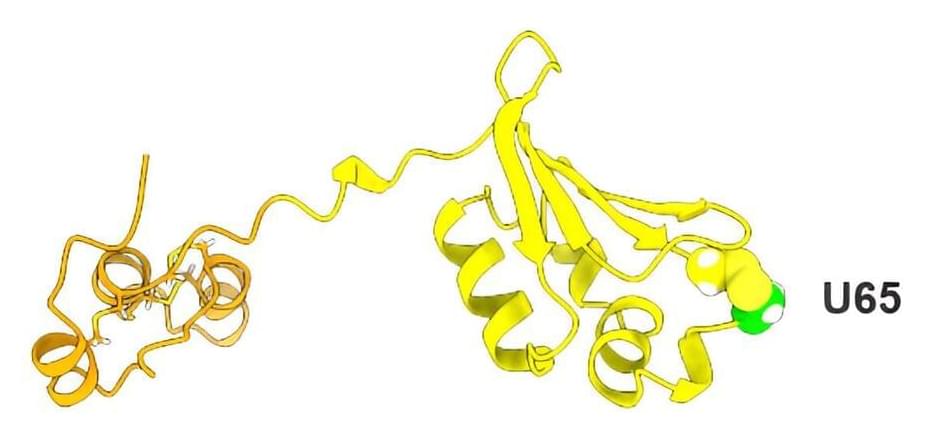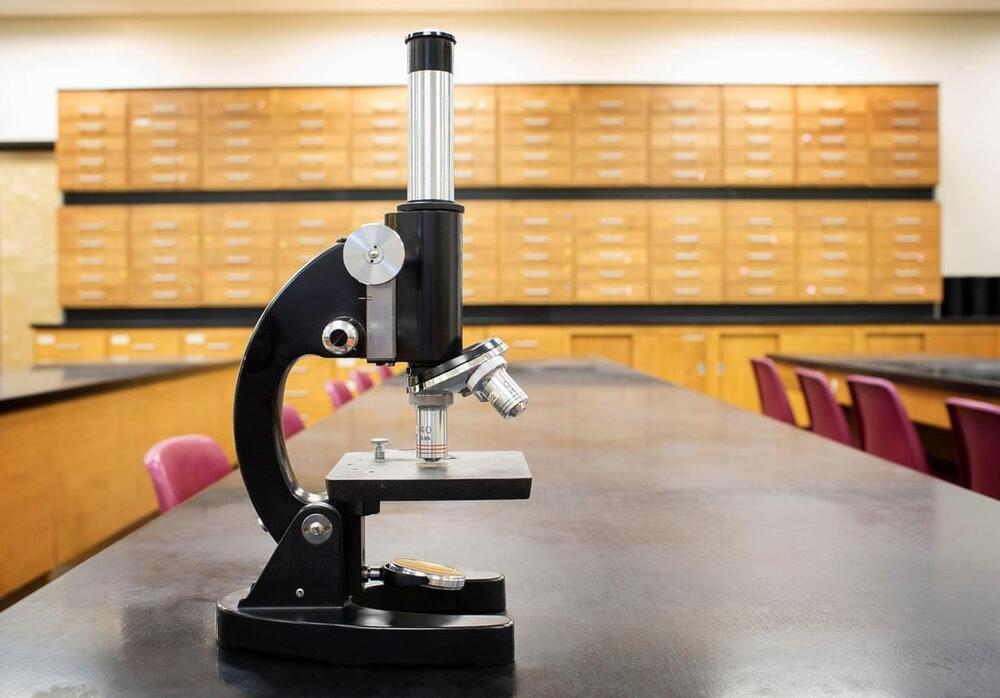Australian scientists have joined an elite club of just eight around the world, making a perovskite solar cell that can hit 30 per cent efficiency.
Led by storied University of Sydney professor Anita Ho-Baillie, the Sydney team’s work was weighed and measured by the US National Renewable Energy Laboratory (NREL).
“It shows that we are capable of producing high performance cells. The next step we will achieve is higher performance, either by double junction or triple junction,” Ho-Baillie says.
